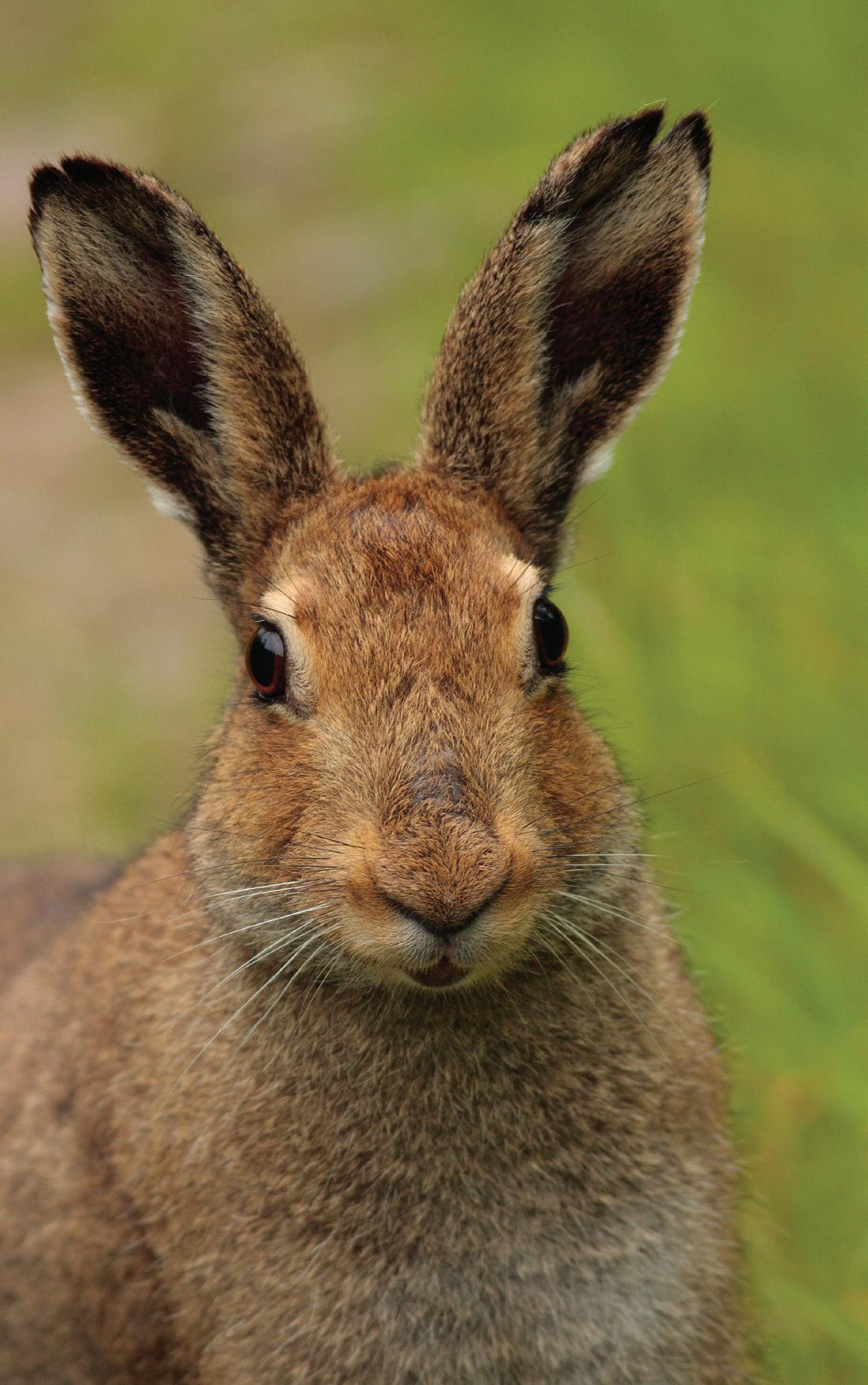
7 minute read
CONSERVATION NEWS
The latest national and international news from the conservation world, compiled by Kieran Flood.
IRISH NEWS
CARE FOR OUR HARES
You may have seen a number of different headlines concerning hares and rabbits of late. That is because two major factors affecting their health and survival have been announced. Rabbit haemorrhagic disease (RHD2 virus) has been found to be in our wild rabbit and hare populations, and as a result of this, the Department of Culture, Heritage and the Gaeltacht has taken the step of partially suspending the licences it issues to Irish Coursing Clubs to capture hares in areas affected by the disease. Hares are normally solitary creatures and netting of hares for coursing brings large numbers of hares together, increasing the potential to spread this deadly disease. The Irish Wildlife Trust strongly welcomes the move to suspend the hare capture licences.
At the time of writing the netting licences are still suspended in areas know to be affected by the disease but are being issued once more in areas not known to be affected.
But what is RHD virus? RHD virus was first reported in farmed rabbits in China where it killed 4 million animals within a year of its discovery. It subsequently spread worldwide including to Europe where a new more virulent strain of this virus (RHD2) emerged in France. It causes death within a few days of infection with sick animals having swollen eyelids, partial paralysis and bleeding from the eyes and mouth. This summer it was confirmed in wild rabbits in Co Clare and Co Wicklow and the first case in a wild hare was confirmed in Co Wexford. It has caused up to 70% mortality rates in brown hare populations in some areas of the UK and it is thought to pose a serious threat to Ireland’s wild hare population. The Irish hare, Lepus timidus hibernicus, is considered a sub-species of the mountain hare and it is a protected species under the Wildlife Act.
Irish hare. Photo: Carl Morrow / Alamy
Can the public do anything? This disease can be spread by direct contact, but also in faeces and urine. Limiting the spread of this virus is extremely important for our hares and rabbits, and we can all do our bit by reporting any signs of this disease to the National Parks and Wildlife Service. The NPWS has requested that the public, particularly landowners, farmers, vets and the hare coursing community, be on high alert and report any suspected sightings of diseased rabbits and hares as soon as possible to help efforts to monitor and control the disease. The National Parks and Wildlife Service can be contacted on nature.conservation@chg.gov.ie or at 1890 383 000, or you can contact your local Conservation Ranger. For this article, information on the RHD virus was provided by the National Parks and Wildlife Service.
ARE YOU WINTER-READY? BY RICKY WHELAN AUTUMN TASKS TO MAKE YOUR GARDEN WINTER-READY AND WILDLIFE-FRIENDLY
With autumn here and winter not far around the corner, it’s a good time to prepare your outdoor space to help wildlife through the lean and cold months ahead. Here are some tasks and tips you might want to consider instead of...
1Planting trees/hedges There is no substitute for a native tree or hedge at your home; our plants and wildlife evolved together over millennia so planting a native tree or hedgerow provides food, shelter and nesting/roosting places for a host of our native wildlife. Check with your supplier that the variety you are purchasing is a native Irish species and of Irish provenance. A native hedge planted with a base of hawthorn and/or blackthorn with guelder rose, hazel, crab apple and other fruiting varieties will provide food for pollinators when flowering in the spring, thick cover for nesting birds in summer and fruits for birds, mammals and insects come the autumn. Bare root hedging is very cost effective and will “take” better than mature plants – it’s best planted like all woody plants in the months that end with “ber”. 2 Sowing wildflower seed One of the tasks for early autumn is to set your wildflower seed so you can begin to reap the rewards next summer. Prioritise this task – there is too much detail to go into here, but there is a myriad of advice available online (Pollinators.ie is a good place to start). 3 Bird boxes The bird breeding season is now wrapped up for the year, but it’s still a good idea to put the boxes up that you may have not got around to yet. Birds visiting your garden will familiarise themselves with these potential new nesting locations and you will be ahead of the curve come next spring. More importantly, many species will use nest boxes (and other cavities) to roost in over the cold winter nights. Wrens are best known for this behaviour, with numbers of up to 51 wrens recorded huddled together roosting in a box in Dorset, UK during a past BTO (British Trust for Ornithology) survey. Woven roost pouches can
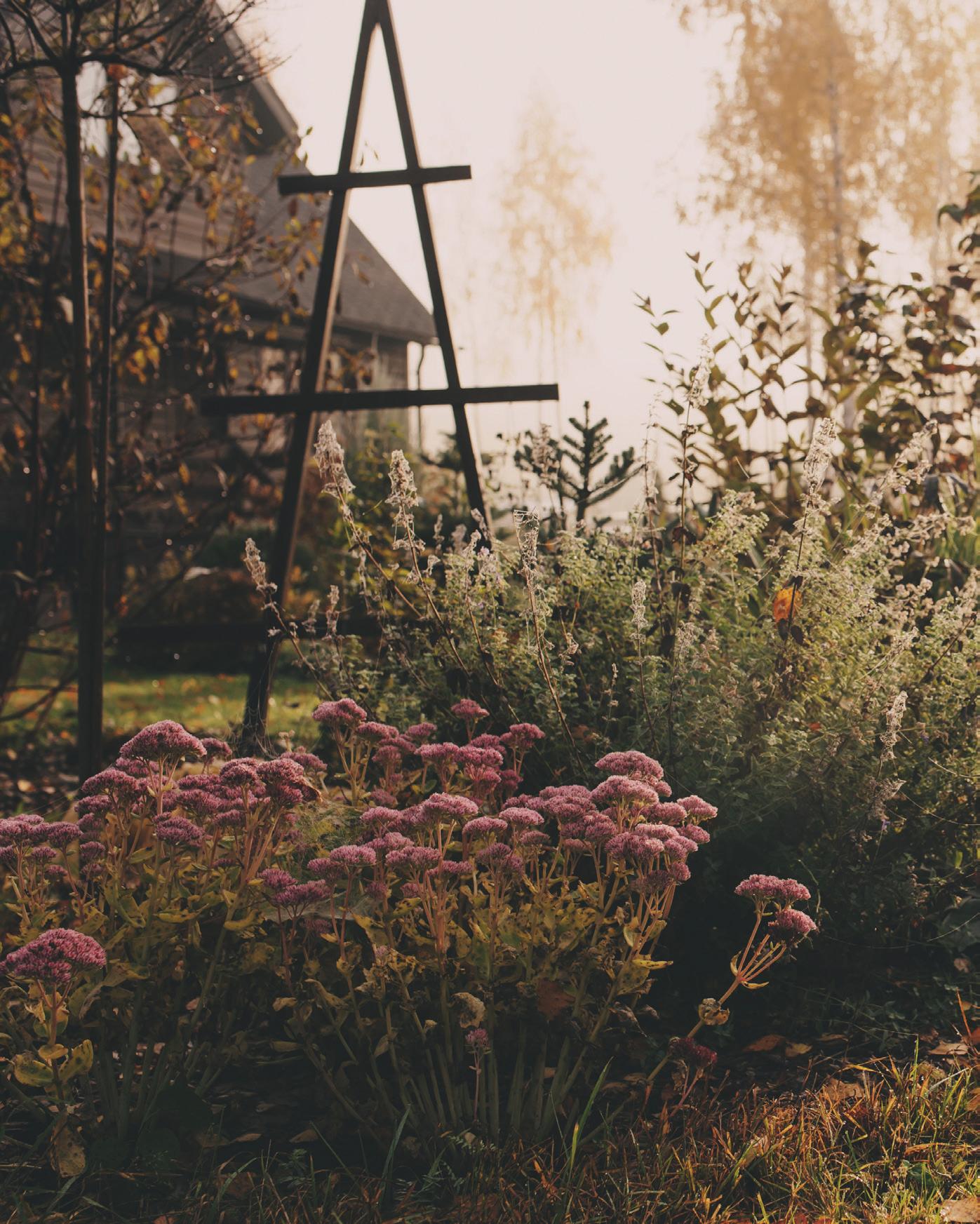
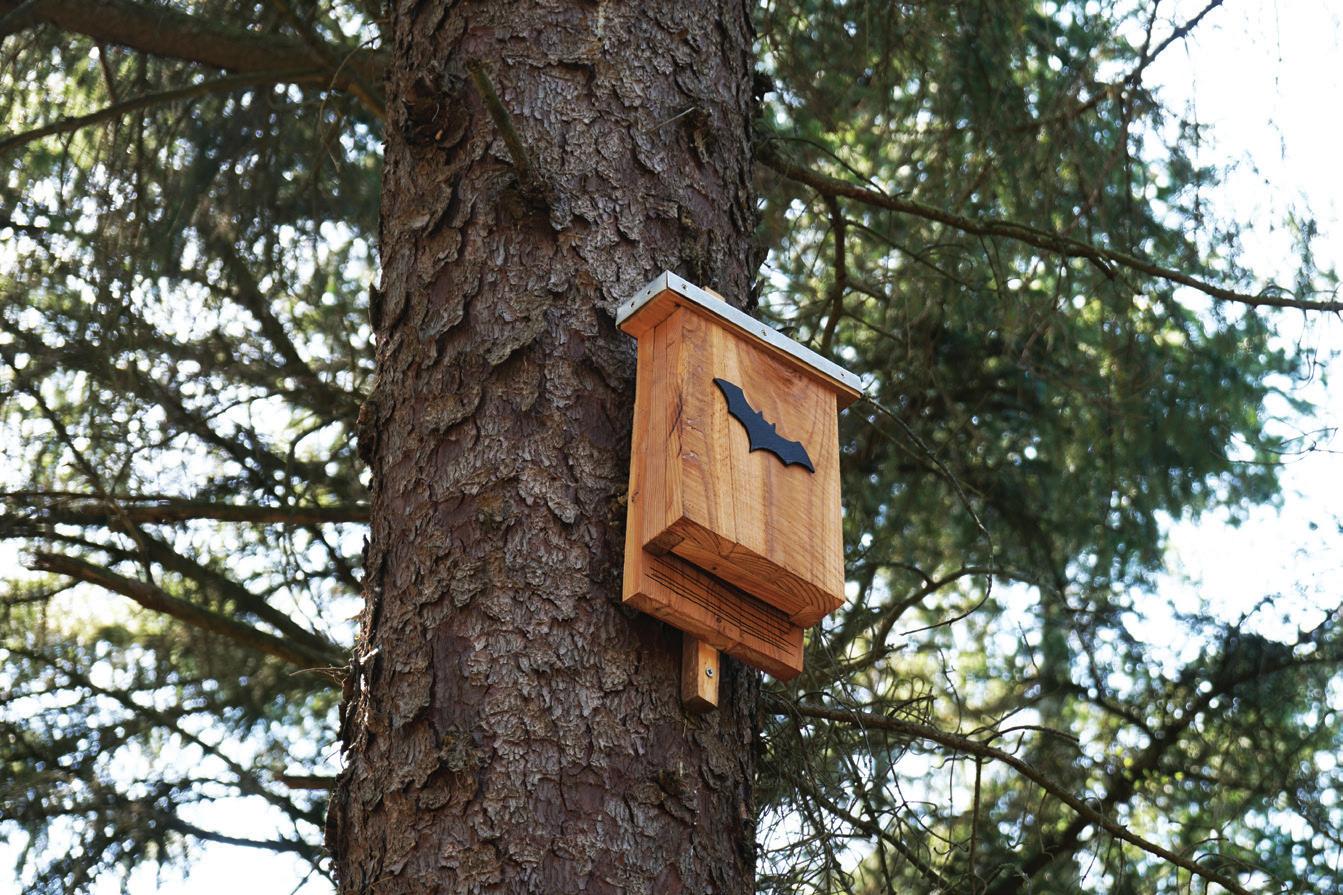
also be hung in suitable locations (thick cover) to accommodate winter roosting wrens. Other species such as house sparrows in small groups and coal, great and blue tits will roost (usually alone) in nest boxes. 4 Bat boxes Bats require roosting locations all year round. Large maternity roosts are often found in attics and old buildings during summer, and
INTERNATIONAL NEWS
EUROPEAN BISON NOW ROAM FREE IN THE SOUTHERN MOUNTAINS OF BULGARIA
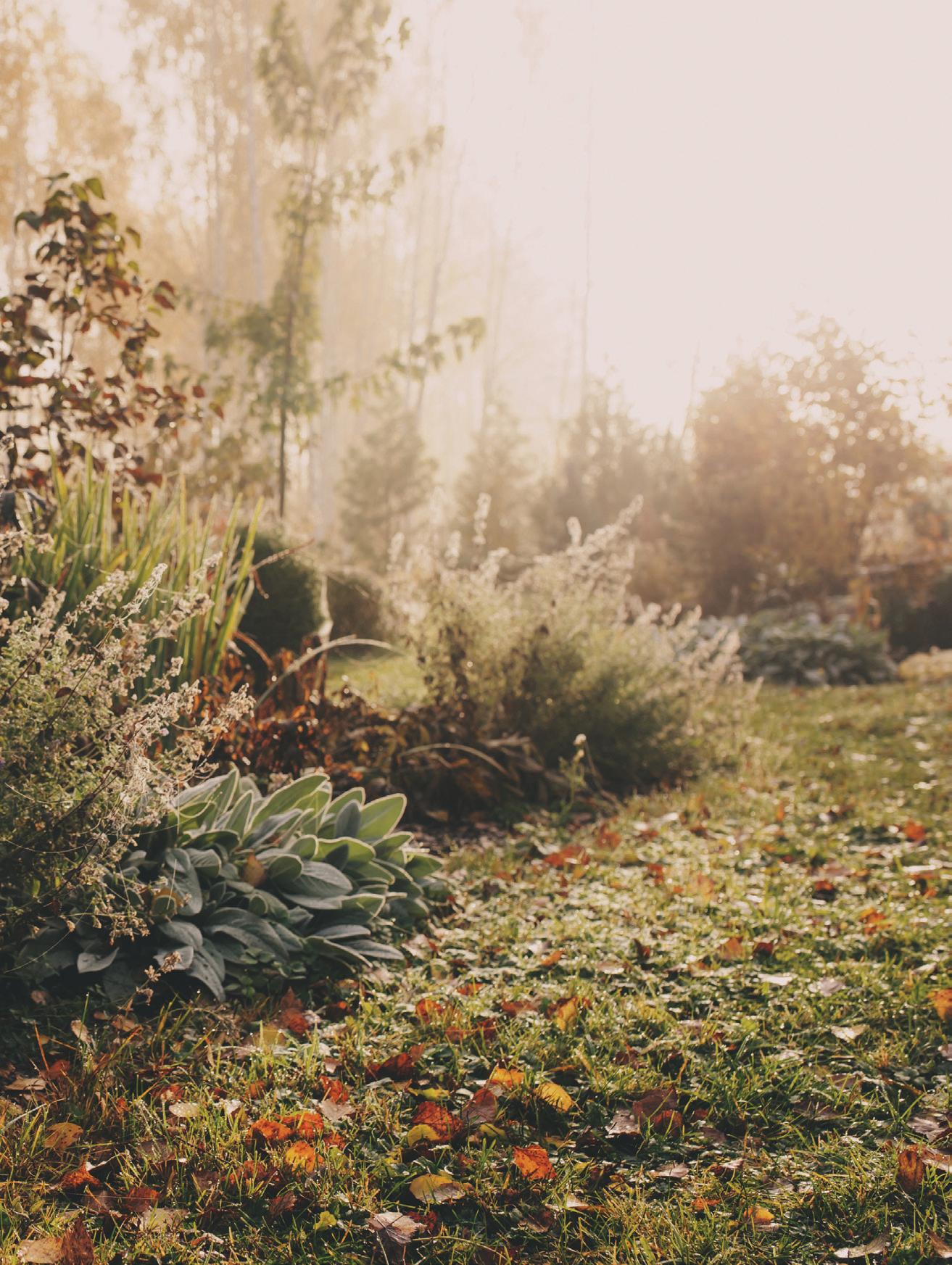
BY RICKY WHELAN
winter. Roosts form in basements, ice-houses and other locations with stable temperatures during late-autumn and winter. However, bats will often roost alone or in small numbers in roost boxes (see my last article in the summer edition of this magazine). Providing bat roost boxes provides safe shelter and a roost site for bats that have yet to settle at their winter roost site or have emerged in the early spring when temperatures begin to rise. 5 Home in the heap Your compost heap/leaf pile may provide a warm, safe refuge for a variety of species to overwinter; they are often the location chosen by hedgehogs and queen-bees for, example, to hibernate during the cold months. If your compost heap is open, then you need not do anything other than just be careful not to disturb any sleeping hedgehogs if you go digging early next spring. If your compost is in a bin or similar type vessel, you might consider lifting it to set it on a few bricks to give access to would-be tenants. 6 Feeding birds In the lean months try to feed the birds – it is vital to their survival, especially when severe weather reduces their ability to forage easily. Make sure you clean your feeders and equipment before setting them out for the season ahead. Always provide water near feeders and clean feeders regularly to stop the spread of avian diseases among your garden visitors (A full list of how to help birds and wildlife during the winter can be found in my article in the Winter ’18 edition of this magazine). It’s not necessary to feed birds until the colder months – I normally start after the first proper frost and continue into April until spring arrives and food is more readily available for birds in the wider countryside.
European bison.
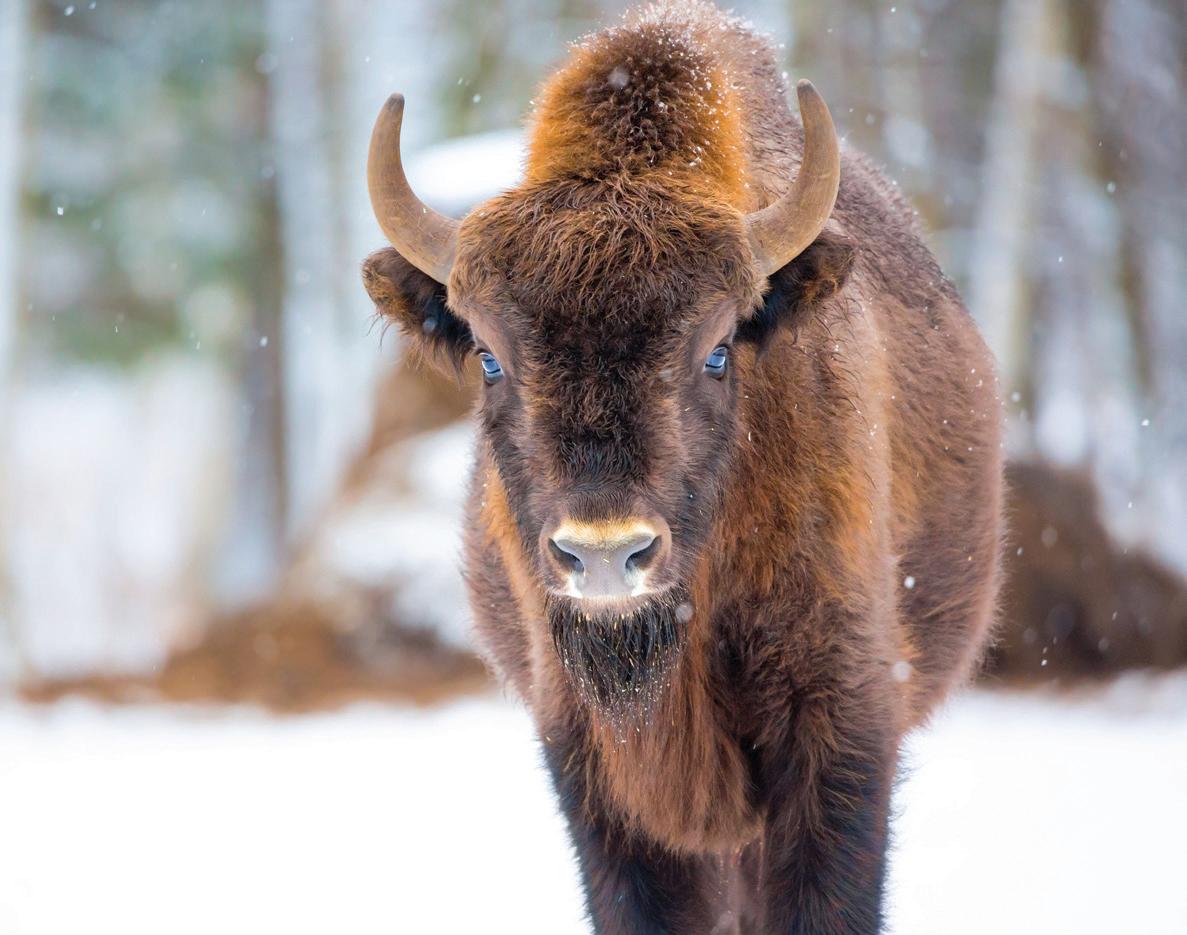
This autumn, the largest land animal in Europe, the European bison, has joined an impressive list of animals, such as wolves and vultures, which now roam free in the mountains of southern Bulgaria.
Seven bison were released into the wild in the Rhodope Mountains late this summer, as part of a reintroduction programme run by Rewilding Europe. The Rhodope Mountains are in southern Bulgaria on the border with Greece. This is the first time this majestic species has roamed these hills and forests since the Middle Ages, when they were wiped out by hunting and habitat loss.
European bison, otherwise known as wisent, are an important part of the European ecosystems. Unlike their American cousins, European bison browse on a variety of plants inside the forest as well as grazing in open habitats. They play an important role maintaining a mosaic structure in the ecosystem, by creating and maintaining forest openings, glades and meadows. Due to this more diversified structure of natural vegetation new ecological niches are created for other species like insects, birds and small mammals to inhabit. The reintroduction of a large species such as this is a step toward restoring a functioning natural ecosystem. The presence of amazing creatures like wild bison will help the local economy as well as the ecosystem. The presence of the bison in the area will increase the potential for nature-based tourism, and it’s associated employment. So hopefully this and many other schemes like it will prove to be a success for Europe’s people and wildlife alike.










